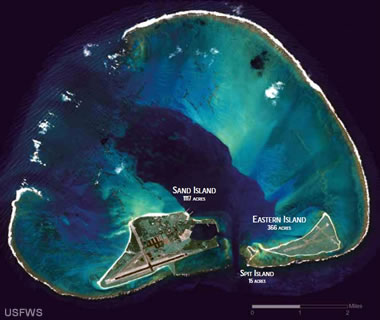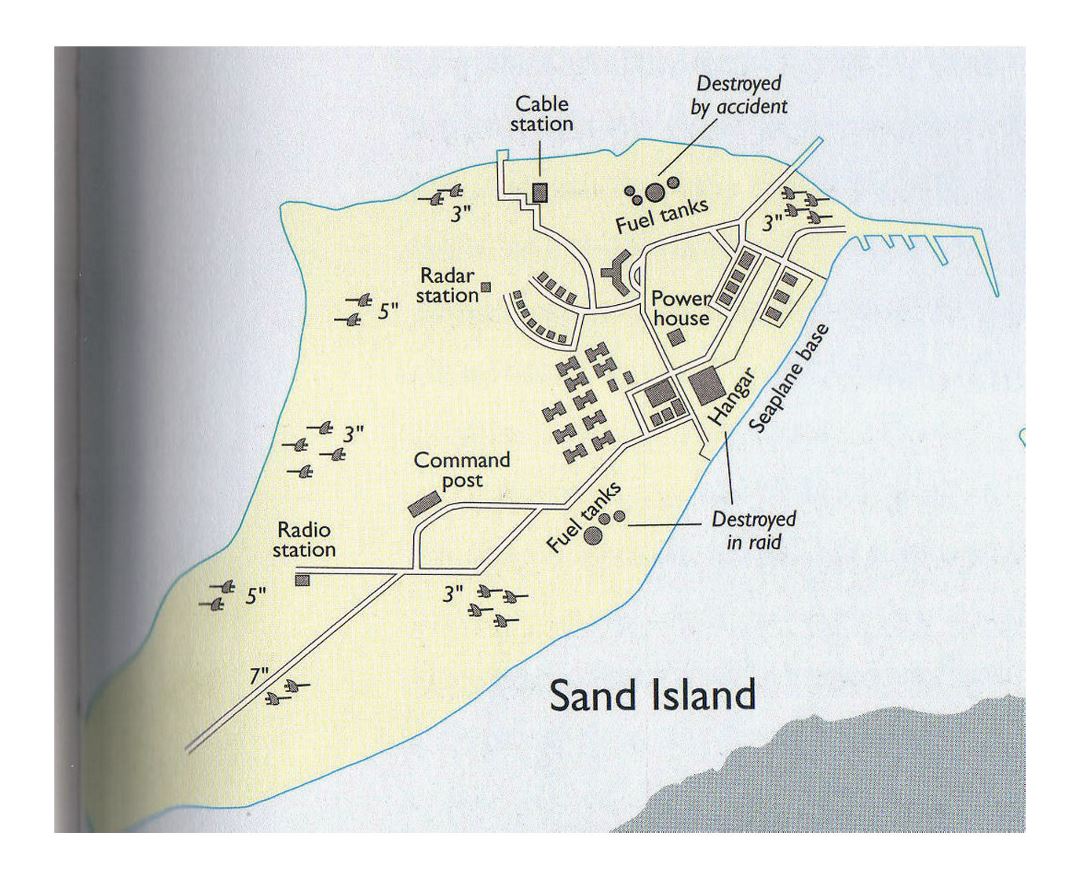

This, they believed, would secure their dominance in the area and force the United States to negotiate for peace. Japanese military planners hoped to defeat the US Pacific Fleet and take Midway, from which they could launch additional attacks on Pearl Harbor. His works have been translated into several languages and received numerous awards, including the Lincoln Prize, the Roosevelt Prize, and the Dudley Knox Medal for Lifetime Achievement.Ī major goal for Japan during World War II was to gain territory in East Asia and Southwest Pacific, effectively removing the United States as the dominate power. He is the author of 17 books, including Decision at Sea, Lincoln and his Admirals, The Battle of Midway, Neptune: The Allied Invasion of Europe and the D-Day Landings, and, most recently, World War II at Sea: A Global History. King Distinguished Professor of Maritime History at the US Naval War College. He also taught at Britannia Royal Naval College in Dartmouth, England. Symonds is Professor Emeritus at the US Naval Academy, where he taught naval history for 30 years, including four years as History Department Chair. He has also illustrated numerous books on the Pacific war (including his friend Richard Frank’s MacArthur).Ĭraig L. He has written for the Naval War College Review, the US Naval Institute’s Proceedings and Naval History magazines, World War II Magazine, Wartime (the journal of the Australian War Memorial), Flypast magazine, the Sankei Shimbun, and several overseas aviation publications. Parshall’s book, Shattered Sword: The Untold Story of the Battle of Midway, coauthored with Anthony Tully, is the definitive account of that pivotal battle in the Pacific. As an adult, that passion led him to create the foremost website devoted to the Imperial Navy,, which he founded in 1995. Jonathan Parshall saw his interest in the Imperial Japanese Navy develop early in his childhood. His talents are uniquely suited to integrate the history of the Navy with modern management theories, generating new insights relevant to both disciplines. Hone regularly writes and speaks about leadership, sense-making, organizational learning, and complexity. He studied religion and archaeology at Carleton College in Northfield, MN, and works as a consultant helping a variety of organizations improve their processes and techniques. Several native species rely on the atoll, which is home to 70% of world's Laysan albatross, and nearly 40% of the world's black-footed albatross populations.Trent Hone is an authority on the US Navy of the early twentieth century and a leader in the application of complexity science to organizational design. Midway Island is a critical breeding habitat for a total of 17 seabird species. The atoll has its own hydroponic greenhouse and garden producing fresh fruits and vegetables. Nearly all supplies to the island are delivered by planes or ships. The economy was derived from tourist fees and US government funding.

Cruise tours were themed on the island's military history and ecology. Midway Island's tourism program was suspended in 2012 due to budget cutbacks. During the Battle of Midway (June 4-6, 1942), the US Navy defeated Japanese battleships marking a turning point in WW2 (1939-1945).Ĭurrently, the atoll can be visited only for business reasons (by contractors, volunteers, permanent and temporary staff). Until 1993, on the island was the Naval Air Facility Midway. Midway Atoll National Wildlife Refuge encompasses 590,992 acres (2392 km 2 / 923 mi2) of land and water area, and is administered by USFWS. Unlike the other Hawaiian islands, Midway follows Samoa Time (1 hour behind Hawaii time).

This is an unincorporated US territory and the only Hawaiian island not part of Hawaii State (USA). Midway Island is roughly equidistant between Asia and North America. The island covers a total area approx 6 km2 (2,5 mi2) and population under 100 (including staff of USFWS / US Fish and Wildlife Service and contract workers). Midway Atoll (aka Midway Island or Midway Islands) is an atoll located in the North Pacific Ocean and near Hawaii (flying distance 2268 km / 1409 mi).


 0 kommentar(er)
0 kommentar(er)
